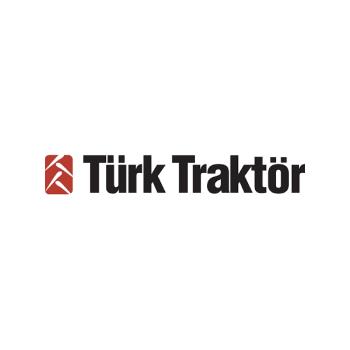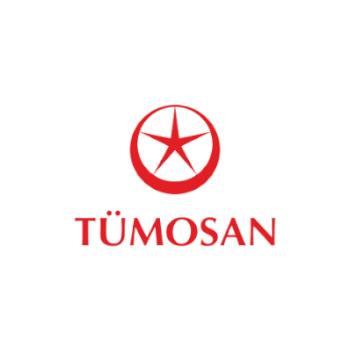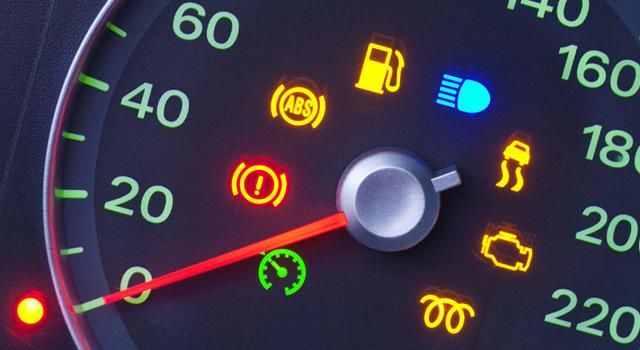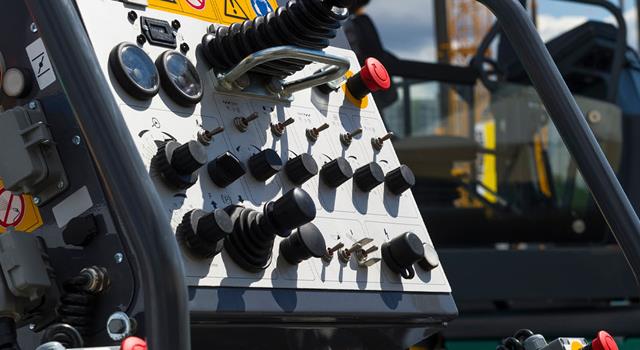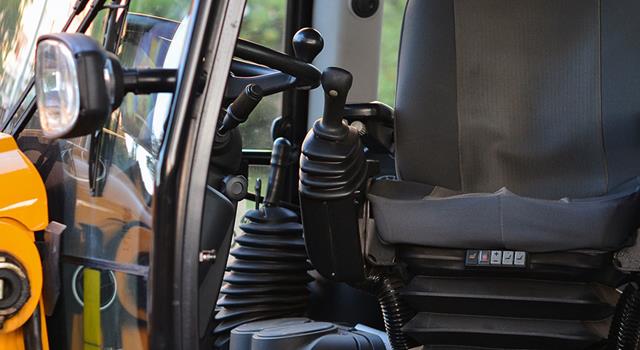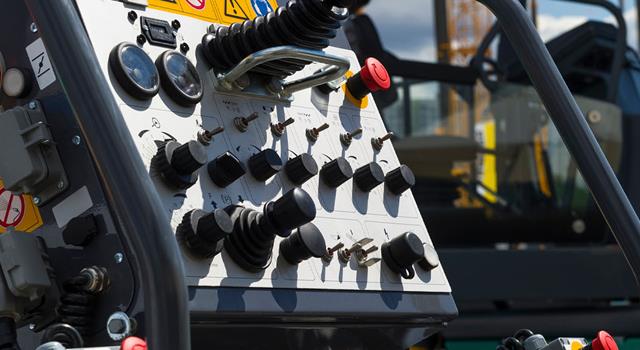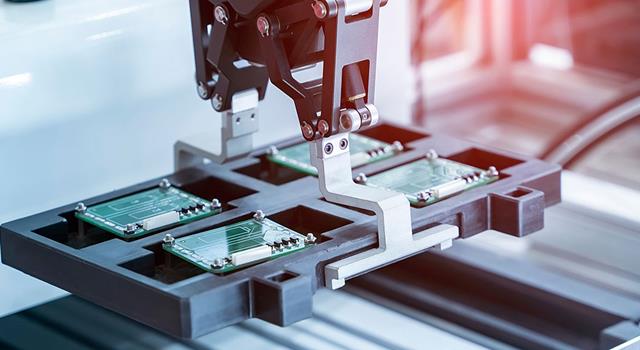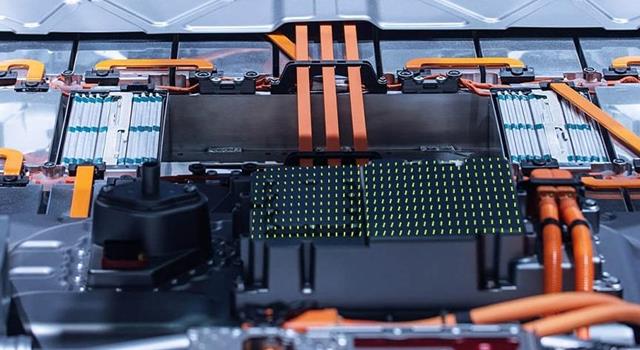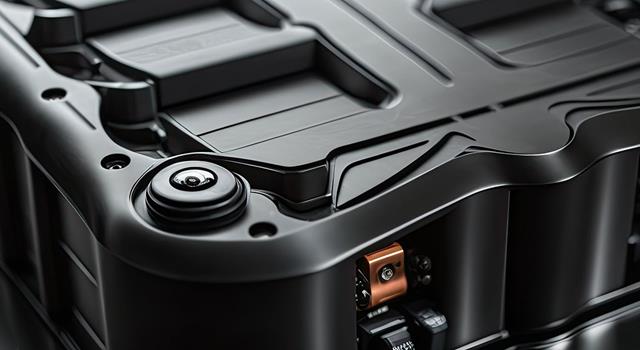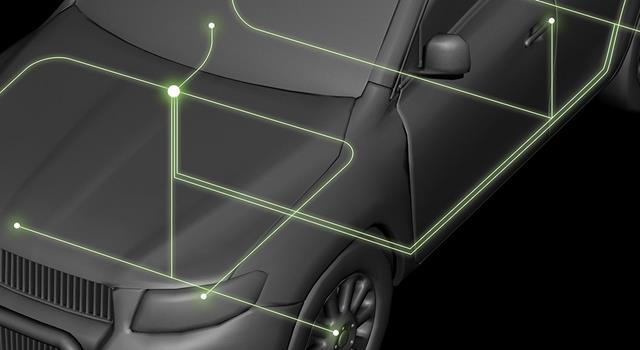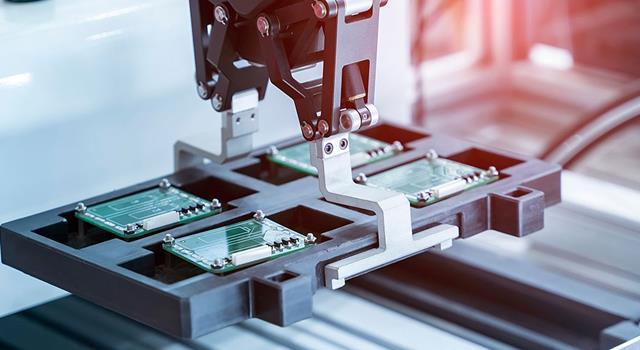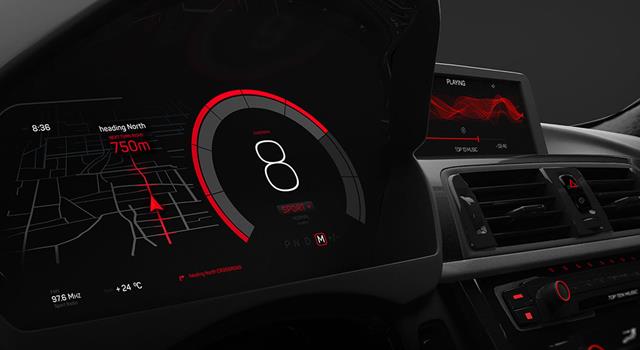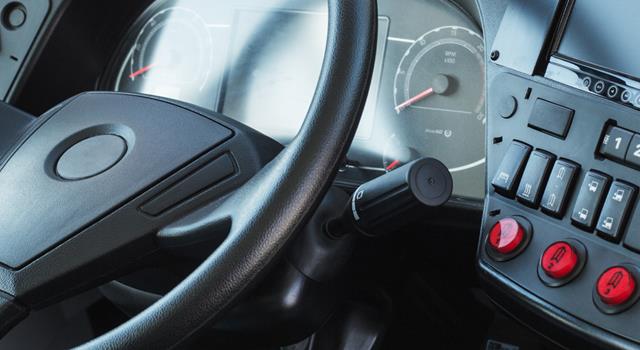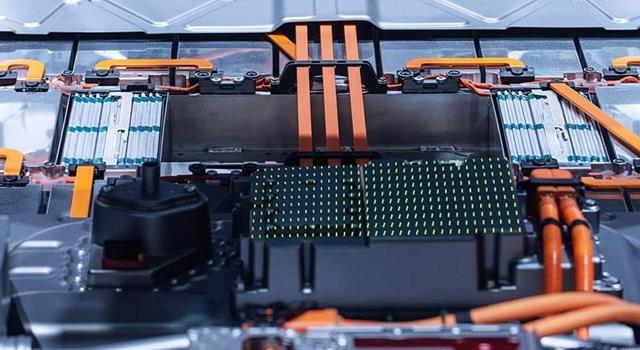Electromagnetic compatibility (EMC) is vital for ensuring that motor vehicles operate efficiently without electromagnetic interference affecting their electronic systems or those of surrounding devices. ECE R10, outlined in document ECE TRANS WP.29/78, establishes the standards for EMC, focusing on the immunity of vehicles to electromagnetic disturbances and their emissions. This blog delves into the details of ECE R10, its impact on vehicle design, especially electric vehicles, and its broader implications for the automotive industry.
What is ECE R10?
ECE R10 is a regulatory framework that ensures motor vehicles with regard to electromagnetic compatibility. It encompasses a range of vehicle categories and mandates that all vehicles, including electronic subassemblies (ESAs) and components, secure type approval to meet stringent EMC standards. The regulation is pivotal for both traditional and electric vehicles, addressing the specific challenges posed by modern automotive technologies.
Key Components of ECE R10
Immunity and Functionality
ECE R10 prioritizes immunity-related functions, ensuring vehicles are protected from both radiated and conducted disturbances that could interfere with the vehicle data bus functionality or other critical controls. This includes disturbances affecting vehicle statutory data and those coupled to the power grid in charging modes for electric vehicles.
Control of Emissions and Immunity Tests
The regulation enforces strict controls on conducted emissions and immunity to safeguard onboard electronics and those in proximate vehicles. Standards such as ISO 7637-2 are integral in guiding these controls, ensuring vehicles can operate without disrupting external electronic infrastructure, including AC power lines.
Additional Requirements for Retrofitted Accessories
ECE R10 also includes additional requirements for the EMC of aftermarket accessories, ensuring that any modifications maintain the vehicle's compliance with the original EMC standards. This extends to accessories that are subject to conditional connections, further emphasizing the regulation's comprehensive scope.
Compliance and Testing Procedures
Compliance with ECE R10 involves detailed testing procedures conducted at designated test sites. These include:
- Type Approval of an ESA: Ensuring all electronic subassemblies meet ECE R10 standards.
- Immunity Tests: Rigorous testing to assess the vehicle's immunity to electromagnetic disturbances.
- Test Reports: Documentation of testing outcomes is crucial for securing approval of vehicles under ECE R10.
Benefits of Compliance with ECE R10
Adhering to ECE R10 provides substantial benefits:
- Robust Immunity: Enhances the vehicle's resilience against electromagnetic disturbances, ensuring safety and reliability.
- Protection of Electronics: Safeguards sensitive electronic components, crucial in today’s advanced vehicle architectures.
- Reputation for Quality: Compliance boosts the manufacturer's reputation as a leader in producing dependable and high-quality vehicles.
Challenges and Technical Services
Meeting the ECE R10 standards can be challenging, especially with the rapid advancement of vehicle technology such as electric vehicles and their specific EMC concerns. Technical services play a crucial role in navigating these complexities, offering expertise in achieving compliance and addressing the unique needs of modern vehicles.
Global Impact and Adoption
ECE R10's principles are echoed in global EMC standards, promoting a unified approach to electromagnetic compatibility in the automotive industry. This standard facilitates the design of vehicles that are compliant across multiple markets, enhancing international trade and vehicle interoperability.
Conclusion
ECE R10 is essential for ensuring that vehicles meet the highest standards of electromagnetic compatibility. As vehicle technology evolves, so too does the importance of effective EMC standards. ECE R10 remains at the forefront, guiding the industry toward safer and more reliable vehicle operations.
